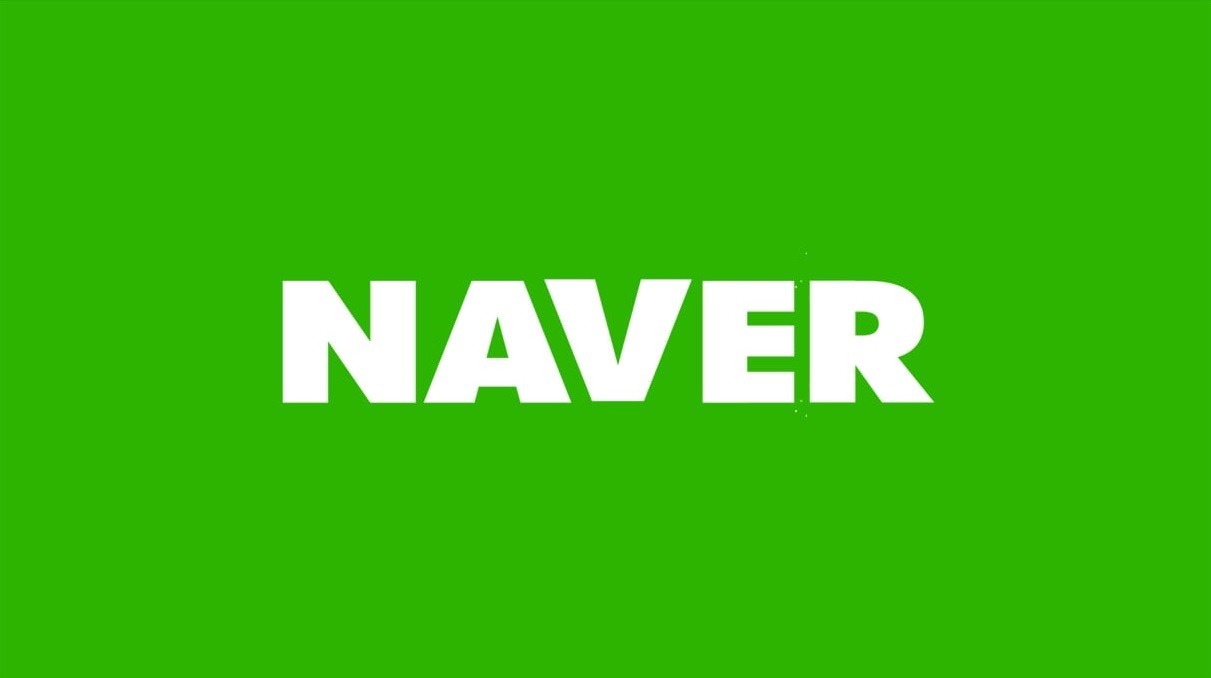Virtual reality-based animal anatomy model: a new possible approach for veterinary education in Indonesia
Abstract
Cadaveric dissection method is classical learning method as well as the gold standard for veterinary students to learn anatomy. However, development of alternative methods is needed since ethical issues of animal use has become challenge in veterinary anatomy education. The need for innovation is increasingly relevant to the COVID-19 pandemic situation. Implementation of the cutting-edge virtual reality (VR) technology can provide positive impacts in distance education. Therefore, establishment of VR-based animal anatomy learning system could answer the need, not only in this physical distancing-required situation but also for future veterinary education in Indonesia. In addition, understanding the key concerns and interdisciplinary collaboration will be needed in the establishment of the comprehensive VR-based veterinary anatomy learning system.
Downloads
References
DeBose K. 2020. Virtual Anatomy: expanding veterinary student learning. Journal of the Medical Library Association 108(4):647-648.
Farrell R. 2020. Beyond the classroom: insights into the use of virtual simulation in veterinary education. The Veterinary Record 186(17):559-561.
Hackmann CH, Dos Reis LDA, De Assis Neto AC. 2019. Digital revolution in veterinary anatomy: confection of anatomical models of canine stomach by scanning and three-dimensional printing (3D). International Journal of Morphology 37(2):486-490.
Hunt JA, Heydenburg M, Anderson SL, Thompson RR. 2020. Does virtual reality training improve veterinary students’ first canine surgical performance?. Veterinary Record 186(17):562.
Kamińska D, Sapiński T, Wiak S, Tikk T, Haamer RE, Avots E, Helmi A, Ozcinar C, Anbarjafari G. 2019. Virtual reality and its applications in education: survey. Information 10(10):318.
Little WB, Artemiou E, Fuentealba C, Conan A, Sparks C. 2019. Veterinary students and faculty partner in developing a virtual three-dimensional (3D) interactive touch screen canine anatomy table. Medical Science Educator 29(1): 223–231.
McCaw K, West A, Duncan C, Frey D, Duerr F. 2021. Exploration of immersive virtual reality in teaching veterinary orthopedics. Journal of Veterinary Medical Education e20210009.
Ozkadif S, Eken E. 2012. Modernization process in veterinary anatomy education. EEST Part B-Social and Educational Studies 4(2): 957-962.
Pixelbeaker. 2019. Normal Feline Anatomy-Digestive System. sketchfab.com/3d-models/normal-feline-anatomy-digestive-system-ab92a2a9d9024447b0ed4c080ad17106. Licensed under CC BY 4.0.
Theoret CL, Carmel EN, Bernier S. 2007. Why dissection videos should not replace cadaver prosections in the gross veterinary anatomy curriculum: results from a comparative study. Journal of Veterinary Medical Education 34(2):151-156.
Copyright (c) 2022 CC-BY-SA

This work is licensed under a Creative Commons Attribution-ShareAlike 4.0 International License.
Authors who publish with this journal agree to the following terms:
1. Authors retain copyright and grant the journal right of first publication with the work simultaneously licensed under a Creative Commons Attribution License that allows others to share the work with an acknowledgement of the work's authorship and initial publication in this journal.
2. Authors are able to enter into separate, additional contractual arrangements for the non-exclusive distribution of the journal's published version of the work (e.g., post it to an institutional repository or publish it in a book), with an acknowledgement of its initial publication in this journal.
3. Authors are permitted and encouraged to post their work online (e.g., in institutional repositories or on their website) prior to and during the submission process, as it can lead to productive exchanges, as well as earlier and greater citation of published work (See The Effect of Open Access).


.jpg)















